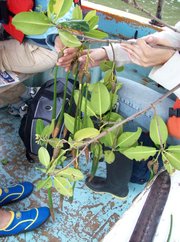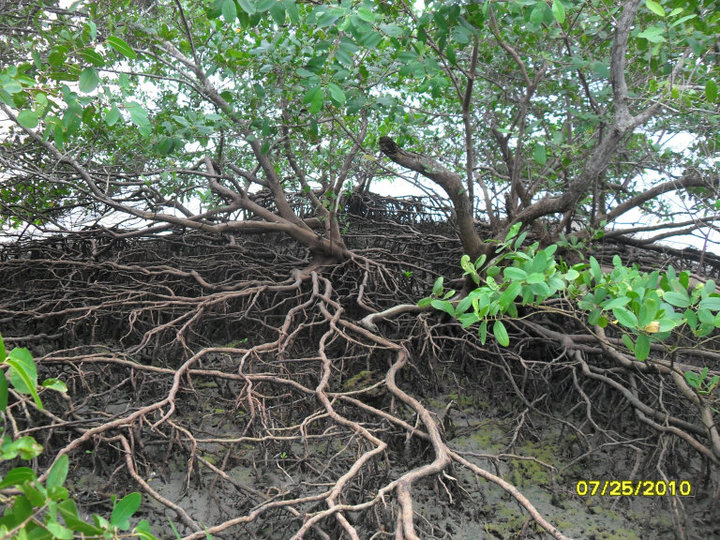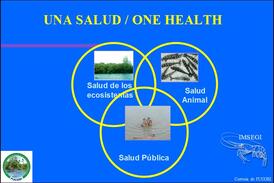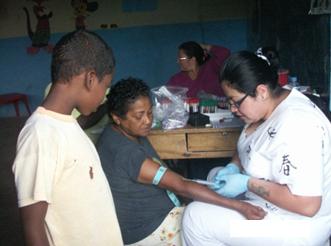UNA SALUD / ONE HEALTH
Epigenomics & Microbiomes: Somos lo que comemos / We are what we eat
This program aims to conserve biodiversity, and embraces the holistic concept of maintaining healthy ecosystems, to obtain healthy animals and protect public health.






